Market Analysis
In-depth Analysis of Animal Antibiotics and Antimicrobials Market Industry Landscape
The animal antibiotics and antimicrobials industry is changing due to factors such changing administrative landscapes, growing concerns about antimicrobial resistance, and a growing focus on animal welfare and government aid. One important trend is the global drive for effective anti-toxin veterinary medicine. As awareness of antimicrobial resistance grows, administrative agencies are limiting the use of particular antibiotics in animal husbandry, forcing the industry toward antibodies, probiotics, and phytogenics.
The animal antibiotics and antimicrobials industry is experiencing a surge in alternative antibiotics due to the focus on conscious usage. Probiotics and prebiotics, which improve animal gut microbiomes, are becoming popular alternatives to antibiotics. Plant-derived phytogenics are being studied for their antibacterial characteristics, expanding animal health methods.
The industry is also seeing growth in precision farming and information-driven animal medical services. Computerized sensors and wearable devices provide continuous animal health monitoring, including early illness detection and specified interventions. This trend matches the larger shift toward precision horticulture, where innovation improves animal production while reducing antibiotic use.
Novel antibiotics for veterinary usage are also gaining attention. The company is developing novel antimicrobials with improved efficacy and less competition. This trend highlights the challenges of managing animal bacterial contaminations while considering human-animal health.
Increased consumer awareness and desire for anti-microbial-free animal products also impact the industry. Food from antibiotic-free animals is becoming more popular as buyers become better conscious of food handling and animal government aid. This trend is changing the animal farming business, encouraging manufacturers to adopt anti-microbial management programs and find alternative solutions to ensure animal health and customer satisfaction.
However, the animal antibiotics and antimicrobials industry has hurdles. Finding a balance between animal welfare and government support while fighting antimicrobial resistance involves veterinarian, agricultural, and general health collaboration. The financial implications of choice arrangements and the need for creative work in this environment provide ongoing challenges.

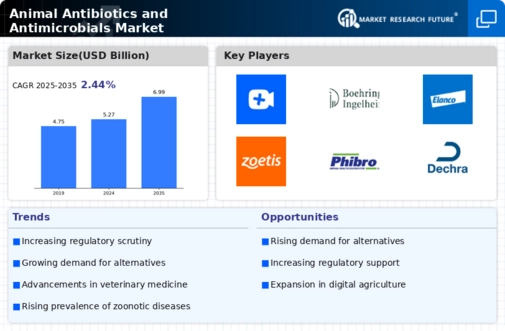
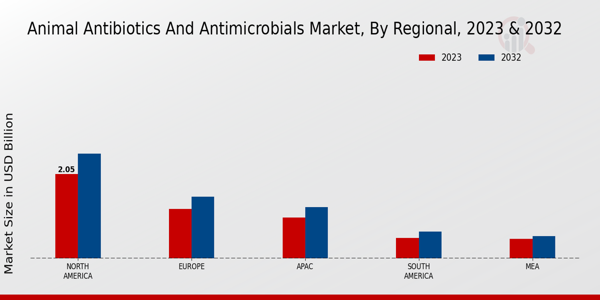

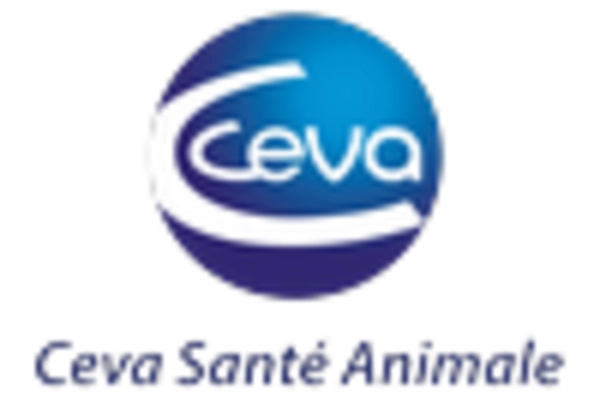
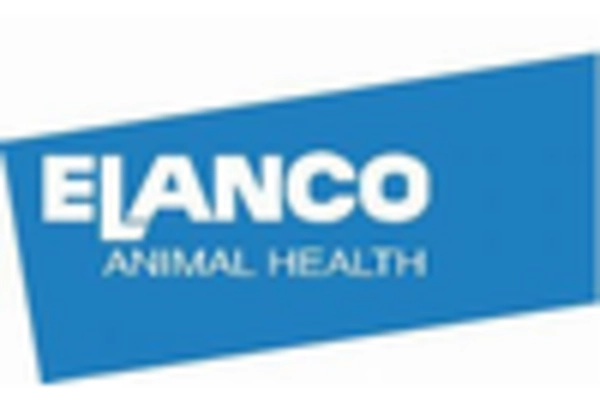

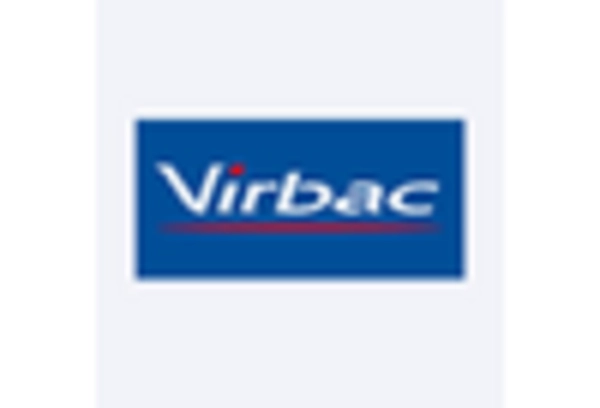
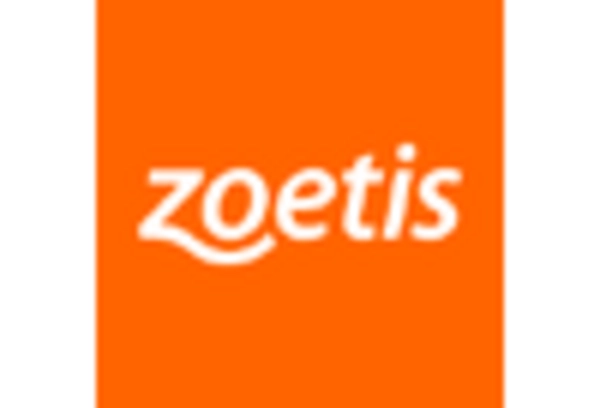

Leave a Comment